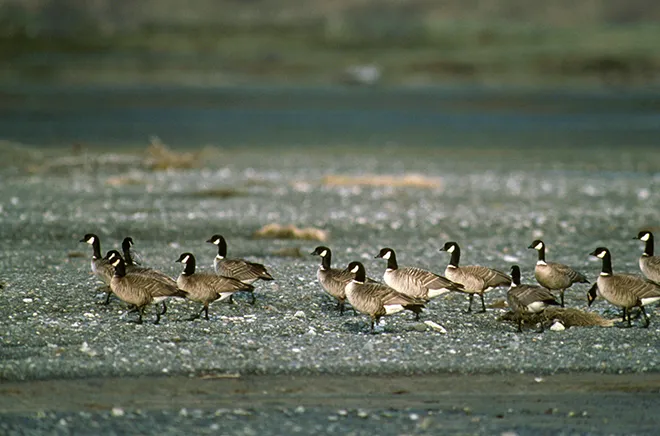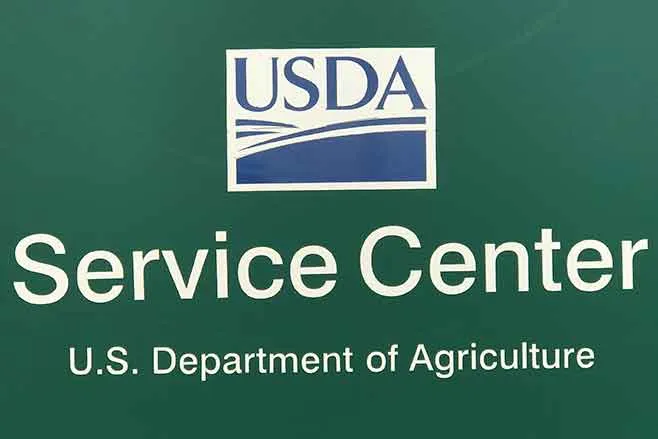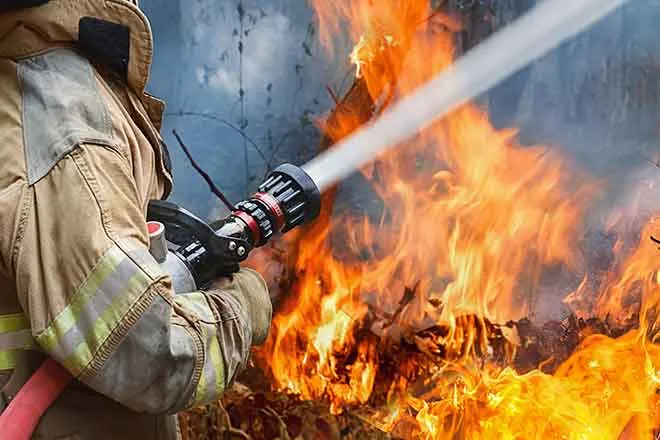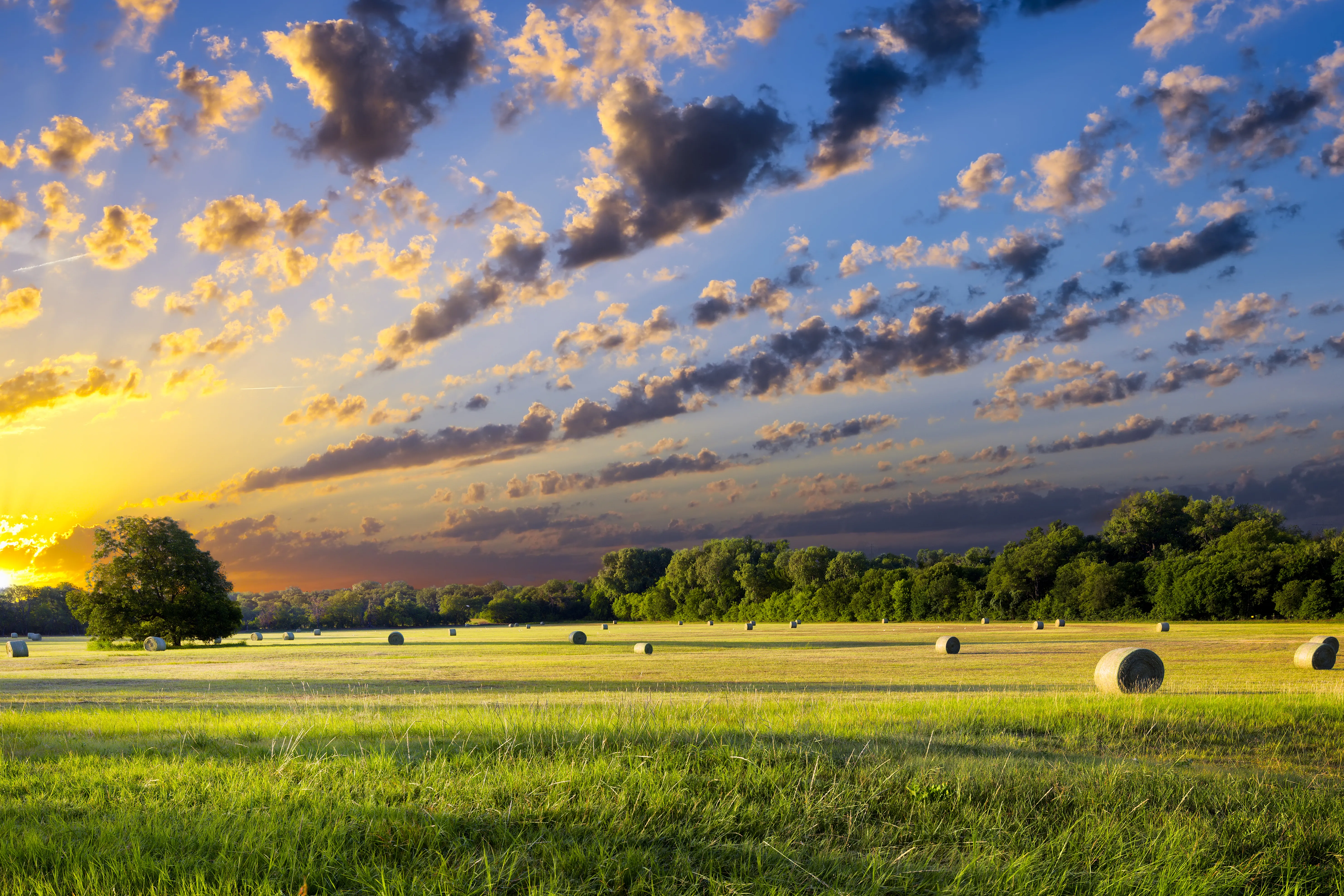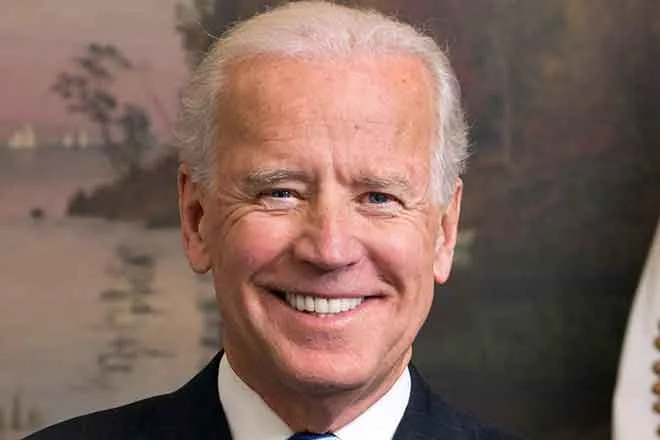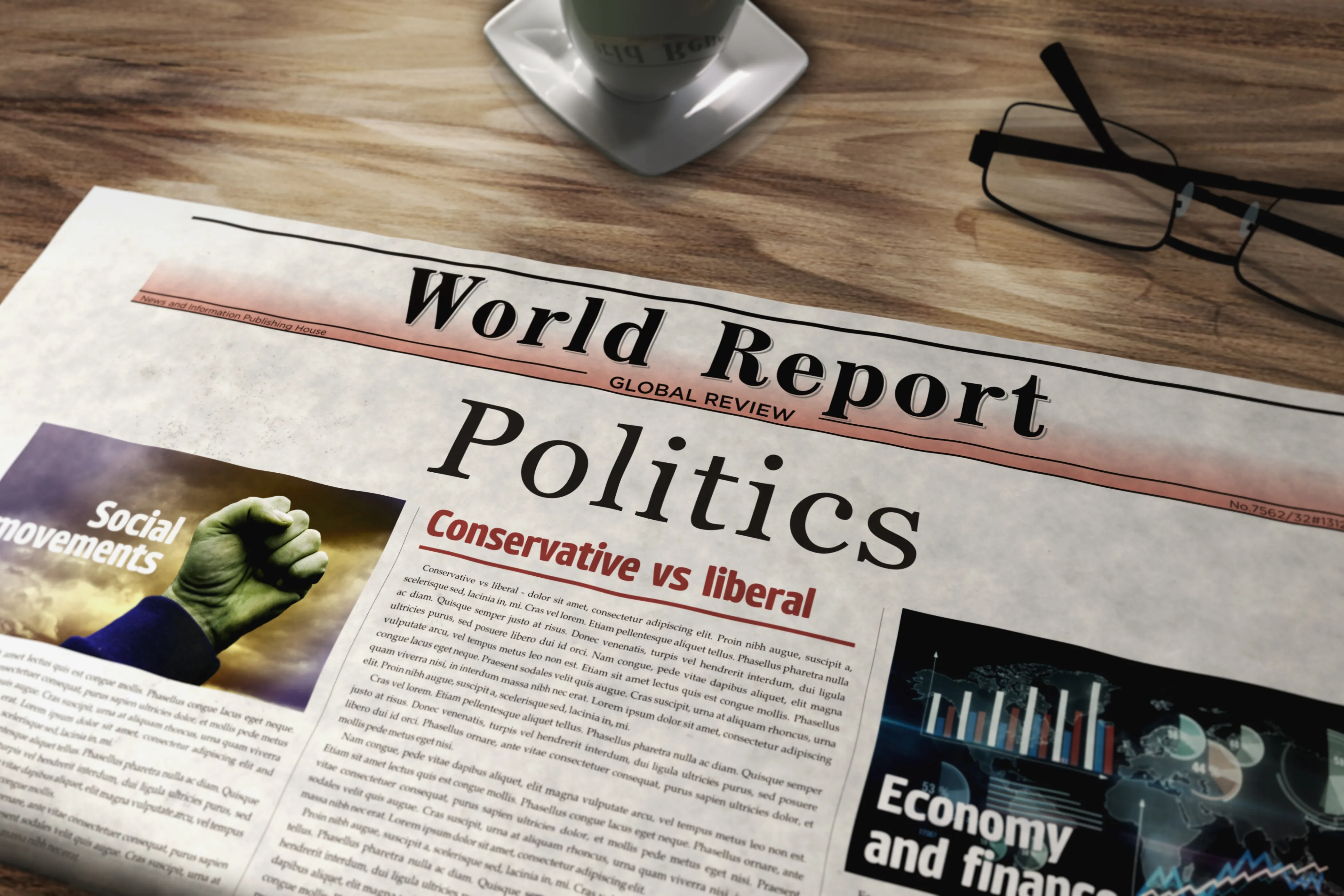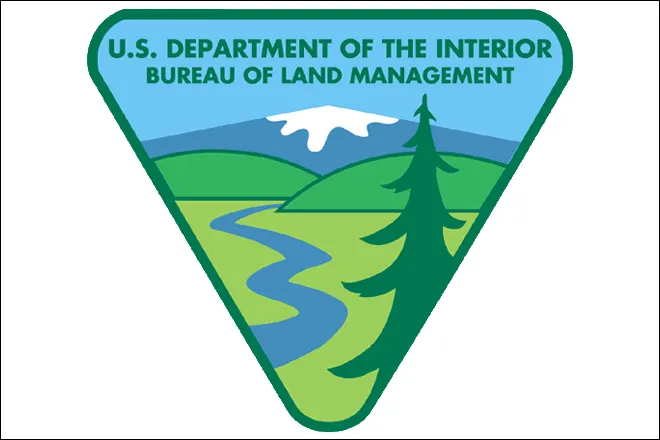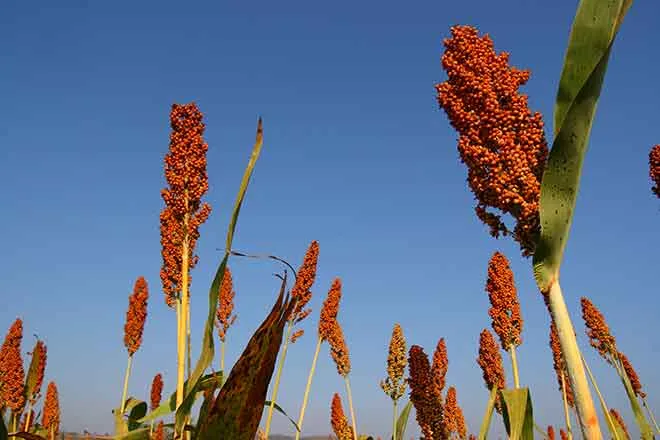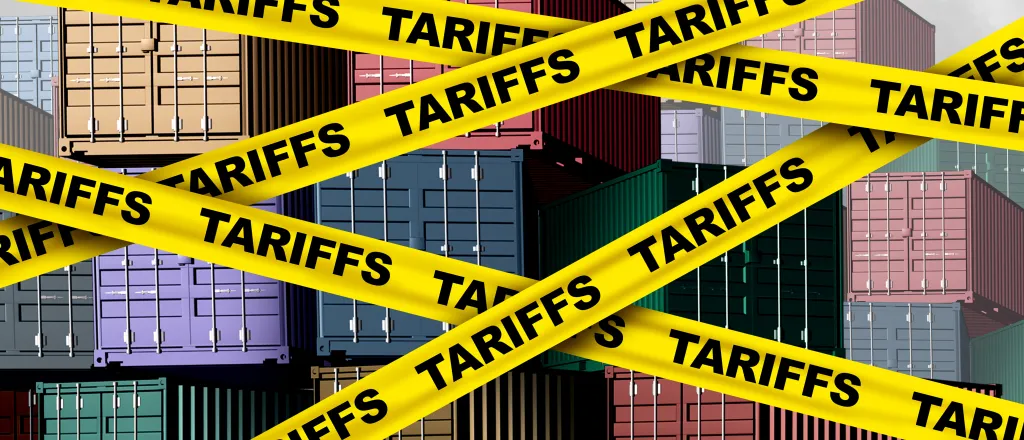
Montana ag producers have a beef with Trump’s tariffs
© wildpixel - iStock-2189862167
Montana ranchers, farmers and the state’s tourism industry expressed deep concern with President Donald Trump’s tariffs during a press call Thursday.
Uncertainty is a major issue, they said, and the actions have set the United States up as an “unreliable trade partner” which is damaging to those who depend on markets outside the country.
The Trump administration recently announced new 30 percent tariffs on the European Union and Mexico, 35 percent tariffs on Canada, and 50 percent tariffs on Brazil. Montana exports $2.4 billion goods annually, with Canada accounting for 37 percent of the state’s total goods exports, according to statistics from Tariffs Cost US, an advocacy organization.
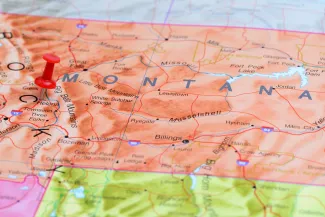
“Instability is the bane of ag producers. We can plan ahead whenever we can. We have so many things we can’t plan for, weather, sickness, disease, all kinds of stuff that we have no kind of control over and never will,” said Benjamin Peterson, a farmer and rancher on E. L. Peterson Ranch, which is just north of Judith Gap. “And you add in governmental and trade instability, it makes it 100 times worse.”
Peterson specifically detailed an issue around markets in Pacific Rim countries like South Korea, Japan and Vietnam. American checkoff marketing campaigns had been effective in those countries — in fact, there’s an entire facility in Oregon dedicated to marketing American (including Montanan) wheat, catering to a number of international entities interested in wheat products from this country. Montana is the third-leading wheat producing state in the U.S.
Markets in those countries for American products were built over years and fell in a day, Peterson said.
“Those areas and those markets are gone, and the chances of those of us getting those back are very low because they went over and bought cheaper products, maybe not as good a product, but cheaper product from Australia, New Zealand, Brazil, Venezuela,” Peterson said about American beef. “We may never get those back.”
The price of beef is high right now, but it’s mostly a demand for low-quality, imported beef. The type many Montana ranchers are raising is of higher quality, and Peterson said the only thing anyone knows going into next year is that price will be volatile.
There’s also a shortage of high-quality cattle, Montana Farmers Union President Walt Schweitzer said.
“Most of the livestock producing stage in the last five years have experienced severe drought, and we haven’t started rebuilding our herd,” Schweitzer said.”And so the reason our cattle prices are high is because of the shortage of live animals to harvest and I’m a little concerned that we’re not going to get through this as quick as we could, just because of the tariffs that are going to be imposed.”
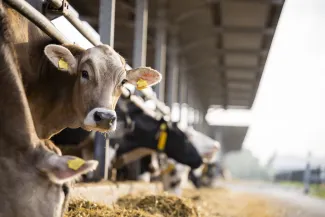
© Smederevac - iStock-1470677566
Peterson said baseline costs on fertilizer and minerals have increased. Schweitzer added the tariffs have also put stress on the American food system, which already had a major shock from COVID.
Immigration policy is also a concern and adds cost if more food is grown outside the country.
“We use foreign labor because we don’t have a choice,” Schweitzer said. “So if you take that labor out of the system, food prices are going to go up, and food systems are going to move out of the country, as far as who’s going to grow them.”
Added Peterson: “Good, high-quality food is going to become the food of the rich.”
A farmer, John Wicks, the owner of Tiber Ridge Organics south of Chester, said parts for agricultural tools are becoming a major issue. He recently sold a piece of specialized equipment because the parts came from Europe and were about 24 percent more expensive this season. He lost money and said he’ll have to rent it if he needs it.
“It just didn’t pencil out to keep it and have that kind of liability if things broke,” Wicks said. “So that was kind of a really difficult period. And then, you know, Montana agriculture is a generational thing, and these policies and these tariffs are pushing for corporate farms to be able to come in and take over these small family farms.”
Larger companies have more capacity to absorb losses, which can put small producers in a bind. Peterson also made a comparison to the 1980s farm crisis, a broad term used to describe various issues that combined to transfer huge numbers of land held by small farmers to larger, sometimes corporate entities.
It also forced numerous farmers to size-up their operations and rely on oft-discussed farm subsidies to make the farms pencil out economically.
“It’s back to the ‘80s of, get big or get out,” Peterson said. “They’re just doing it with a different method.”
Schweitzer also mentioned the alarming rate of mental health issues among farmers and ranchers. Suicides among agricultural producers skyrocked during the Farm Crisis and have remained high in the years since. Montana consistently has among the highest rates of suicide per capita in the country.
“It’s caused a lot of stress for farmers and ranchers,” Schweitzer said.
Other impacts
Federal policy changes continue impacting the state in other ways, including Montana’s tourism economy.
While Glacier and Yellowstone National Park visitation is up, federal cuts have meant fewer parks employees. That’s been an issue, Explore Whitefish executive director Zak Anderson said during the call.
“This affects visitor services and trail maintenance and traffic flow and really everything, and then that again, it puts more pressure on local businesses and infrastructure to pick up the slack,” Anderson said. “So I guess overall, I would say that what we’re looking for as a community is some stability from policymakers, like avoiding abrupt tariff hikes or policy policy shifts that then change at a whim.”
Anderson said Canadian tourism is down 25 percent in Whitefish.
There’s also new tariffs on graphite as well as copper, which could also impact Montana. In 2023, for example, there were nearly 400 people working for Montana Resources at the Continental Pit Mine in Butte.

